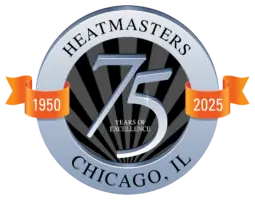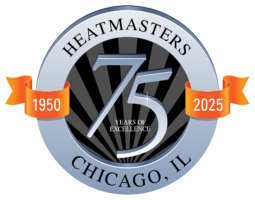Beginning in 1987 an international environmental agreement was established, beginning the worldwide phaseout of ozone-depleting CFCs (chlorofluorocarbons). In 1992 a schedule was created for the phaseout of HCFCs (hydrochlorofluorocarbons), which are less damaging to the ozone layer than CFCs but still contain ozone-destroying chlorine.
HCFC-22 (also known as R-22) has been the residential heat pump and air-conditioning system refrigerant for over 40 years. On top of contributing to ozone depletion, R-22 is a greenhouse gas and its manufacture results in a by-product that significantly contributes to global warming.
Phaseout Schedule for HCFCs
January 1, 2004: The U.S was required to reduce its consumption of HCFCs by 35% below the U.S. baseline cap.
January 1, 2010: The U.S. was required to reduce its consumption of HCFCs by 75% below the U.S. baseline. Allowance holders may only produce or import the products to service existing equipment.
January 1, 2015: The U.S. will be required to reduce its consumption of HCFCs by 90% below the U.S. baseline.
January 1, 2020: The U.S. will be required to reduce its consumption of HCFCs by 99.5% below the U.S. baseline. Refrigerant that has been recovered and recycled will be allowed beyond 2020 to service existing systems, but chemical manufacturers will not be able to produce R-22 to service existing air conditioners and heat pumps.
What does the phaseout mean for consumers?
Availability of R-22
The Clean Air Act does not allow any refrigerant to be vented into the atmosphere during installation, service or retirement of equipment and therefore must be recovered and recycled (for reuse in the same system), reclaimed (reprocessed to the same purity standard as new R-22) or destroyed. After 2020 the servicing of R-22-based systems will rely solely on recycled or reclaimed refrigerants. This will ensure that existing supplies of R-22 will last longer and be available to service a greater number of systems.
Alternatives in residential air conditioning
Alternative refrigerants are being introduced that don’t deplete the ozone. The EPA reviews alternatives to evaluate their effects on human health and the environment and has created a list of those it has determined are acceptable.
Servicing existing units
Existing units using R-22 can continue to be serviced with R-22 – there is no EPA requirement to change or convert R-22 units for use with a non-ozone-depleting substitute refrigerant. Such changes are allowed if the alternative has been found acceptable for that type of use.
EPA warns homeowners, home improvement contractors and air conditioning technicians of potential safety hazards related to the use of propane or other unapproved refrigerants.
It is important to be smart in servicing your current system or purchasing a new system. For more information on the hazards of certain refrigerants and the phaseout, read the entire EPA fact sheet here.


